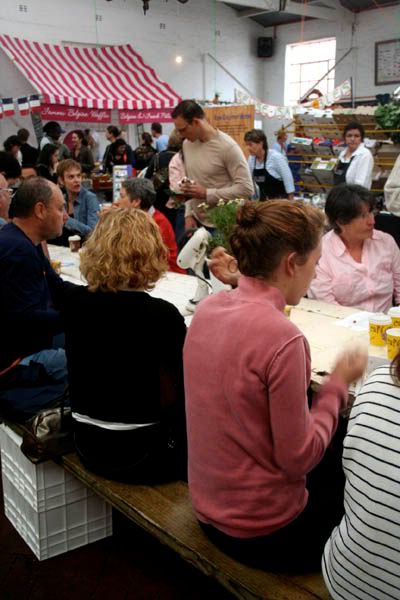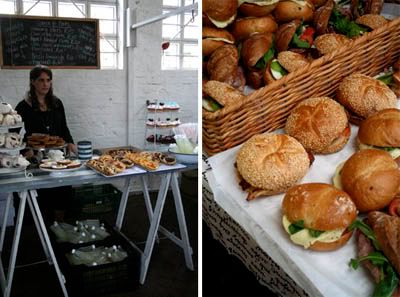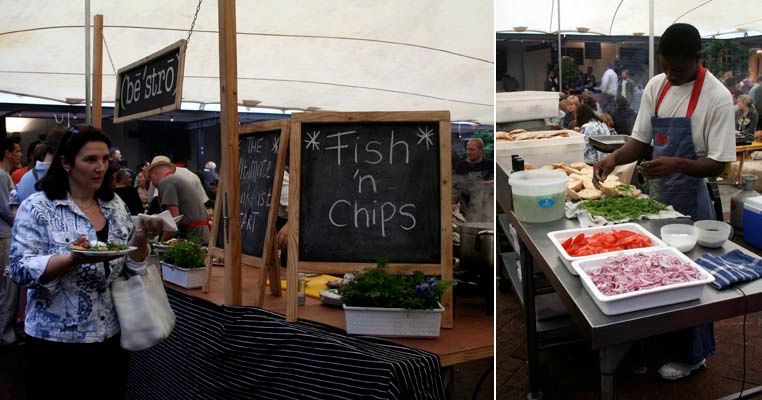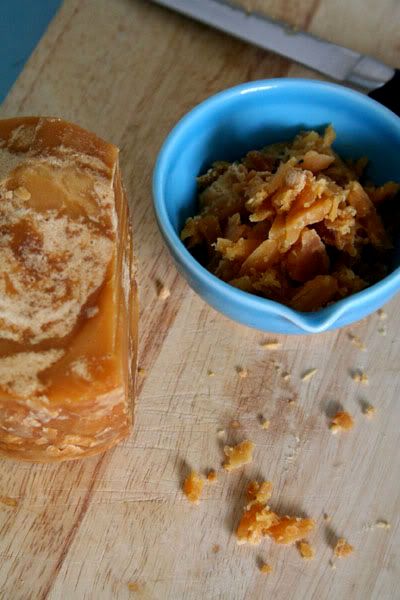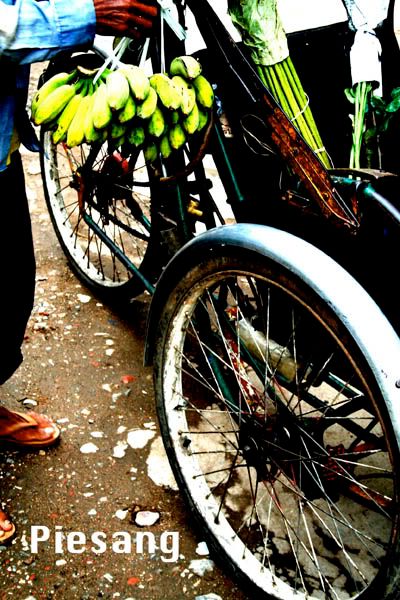 As Bordeaux and I prepared to leave Southeast Asia, we were faced with the simple fact that we didn’t want to-- couldn’t, really-- leave behind the food, culture, and style that we’d come to love in Southeast Asia. So we decided to take some of it with us. We developed an idea for a Southeast Asian café offering a menu of the dishes we loved. It would have the style of Bangkok, Phnom Penh, and Saigon, with a menu that would showcase the diversity and scope of the region’s cuisines. We wanted to create an intimate space where we could show people that Southeast Asian food is so much more than phat thai, pho, and green curry; that it doesn’t have to be fried in a wok or dipped in peanut sauce to be Asian. The name for our concept? Piesang.
As Bordeaux and I prepared to leave Southeast Asia, we were faced with the simple fact that we didn’t want to-- couldn’t, really-- leave behind the food, culture, and style that we’d come to love in Southeast Asia. So we decided to take some of it with us. We developed an idea for a Southeast Asian café offering a menu of the dishes we loved. It would have the style of Bangkok, Phnom Penh, and Saigon, with a menu that would showcase the diversity and scope of the region’s cuisines. We wanted to create an intimate space where we could show people that Southeast Asian food is so much more than phat thai, pho, and green curry; that it doesn’t have to be fried in a wok or dipped in peanut sauce to be Asian. The name for our concept? Piesang.Piesang is the Afrikaans word for a banana, and it seemed a fitting name for our idea. The iconic fruit is not only native to tropical Asia, but it’s also ubiquitous in the region’s cuisines. Sweet bananas are served in coconut milk, or grilled at sidewalk stands. Banana leaves are used to steam curries or wrap grilled meats. And the purple banana flower is made into delicious salads and soups.
But there’s another reason for the name, as well. As you may have guessed from its sound, the word does not derive from Dutch. Instead, its origins are in the Malay word ‘pisang’. In the Seventeeth Century, the Dutch brought over a mixed community of people from Malaysia and Indonesia. Along with a flourishing culture that developed into the community known in South Africa today as the Cape Malay, they left behind many words and fragments (like pisang/piesang) that dot the Afrikaans language, revealing its composite cultural origins, and a distant connection between South Africa and the lands across the Indian Ocean. Three centuries later, we’re riding those trade winds again, bringing a little bit of Southeast Asia with us to South Africa.
The dream of opening a café is still a long way off, but we’ll be getting our start on a smaller scale over this weekend. On Saturday, April 25th, we’ll be opening a stand at the Neighbourgoods Market, (which I detailed in my last post), where we’ll be offering a small limited menu of tangy salads, complexly flavored baguette sandwiches, and delicate salad rolls. We hope to change and expand our menu regularly, giving us the freedom to flow with the seasons, experiment with different dishes, and introduce willing diners to a wide range of Southeast Asian flavors.
So if you’re in Cape Town, stop by—we’d love to see you there! For those of you not in Cape Town, check out our progress on the Piesang Blog.

